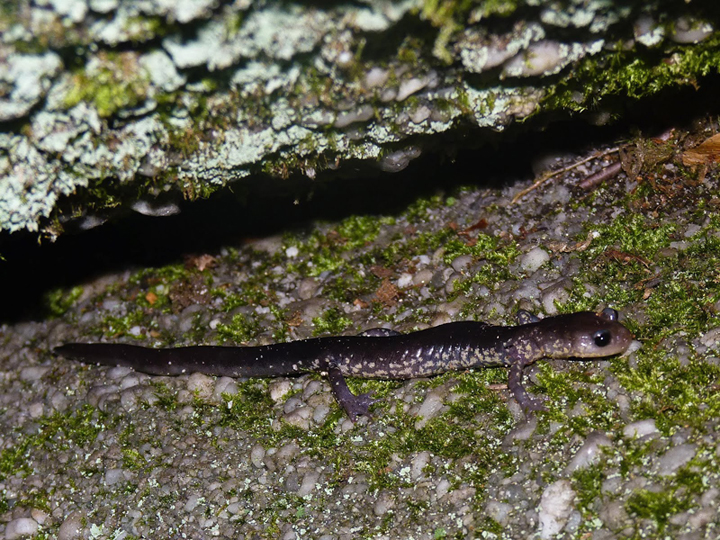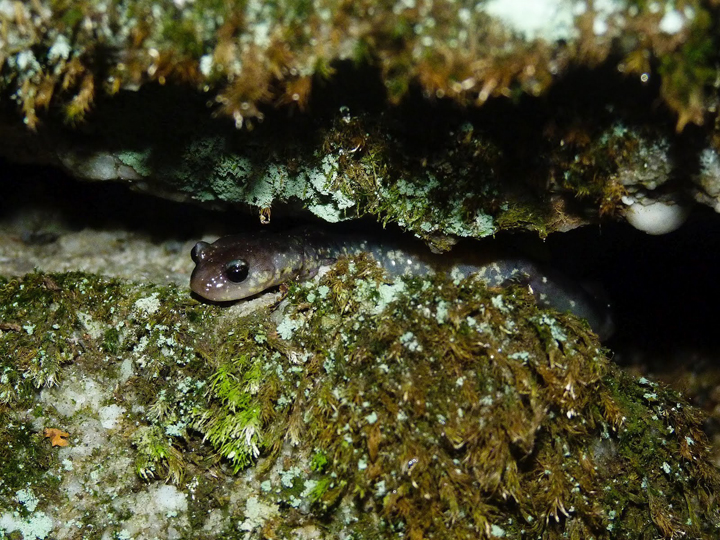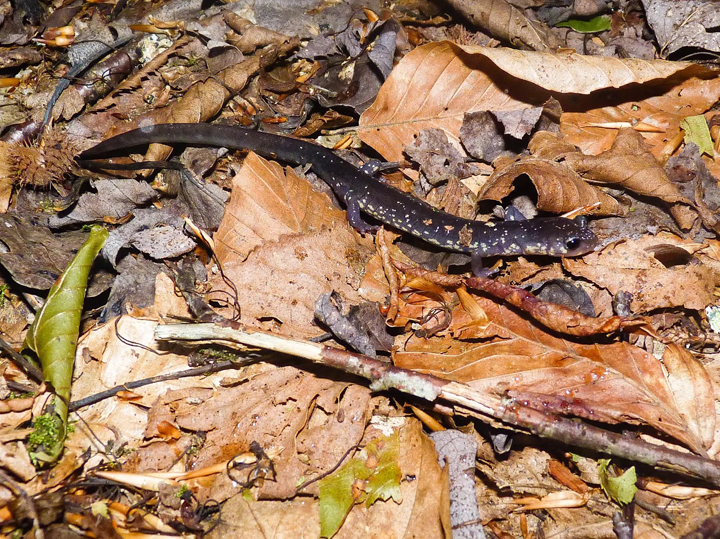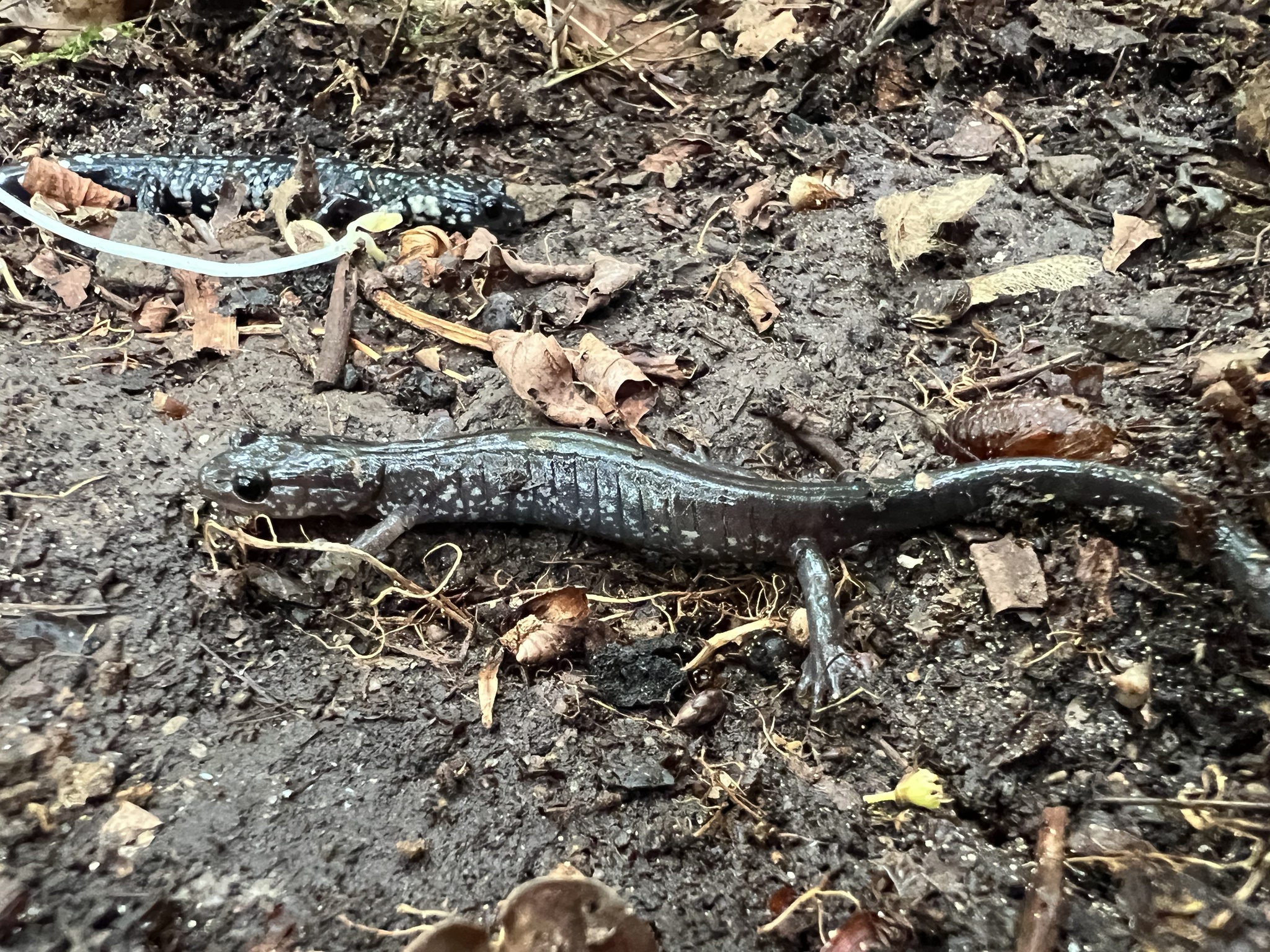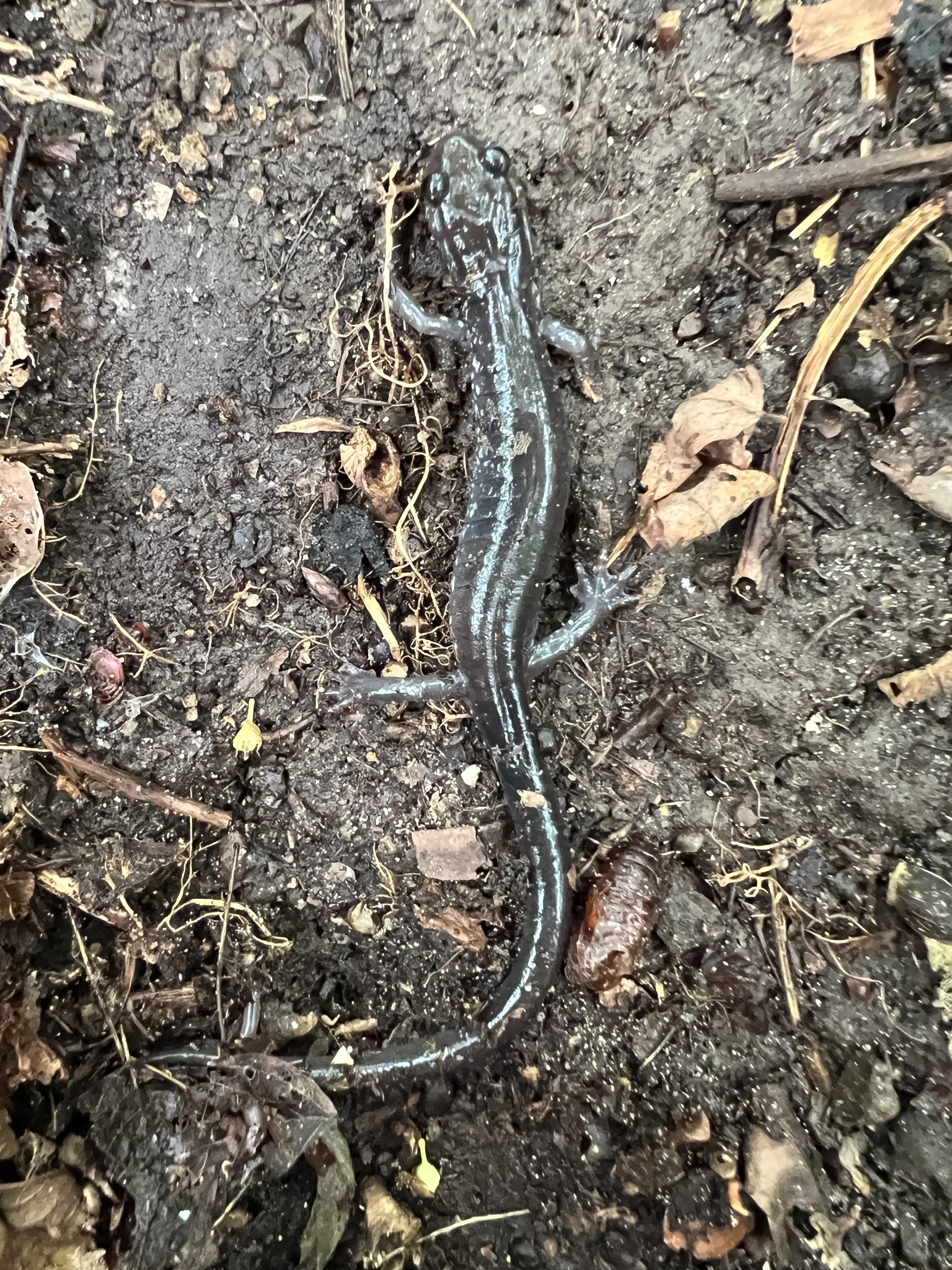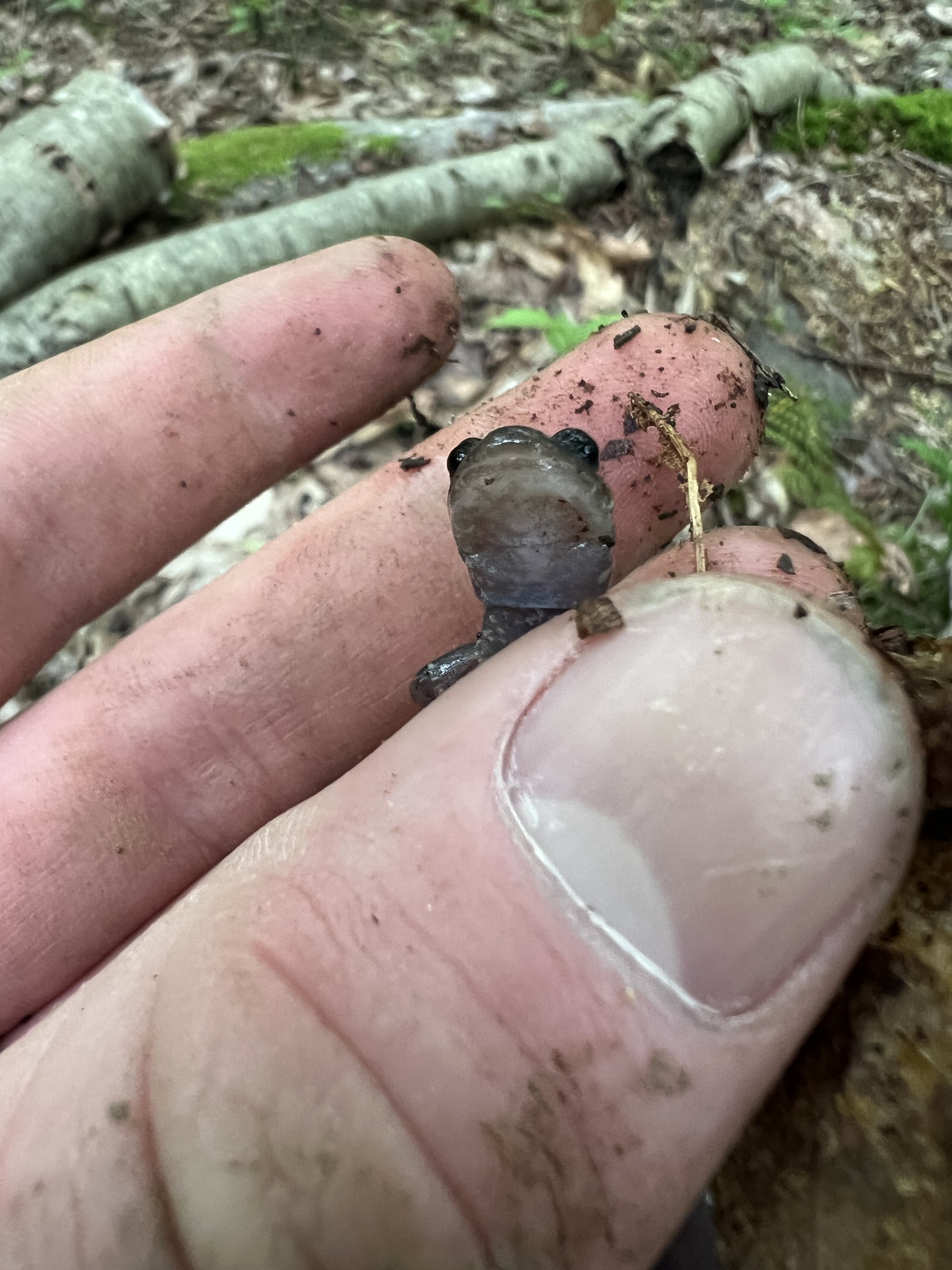Map Snapshot



11 Records
Status
Wehrle's Salamander (Plethodon wehrlei) is grayish to brownish in overall color, with a variable amount of pale spotting or blotches, mostly confined to the flanks. This medium-sized Plethodon has the hind toes extensively webbed. In Maryland, Wehrle's is found only in Garrett and in western Allegany Counties. It prefers rocky habitats in upland forest, and may tolerate fairly dry conditions. This species is ranked as S2 (state rare) in Maryland. (Conant & Collins, 1998; Maryland DNR site). Breeding occurs in late winter in this area.
Seasonality Snapshot
Source: Wikipedia
This article needs additional citations for verification. (December 2009) |
| Wehrle's salamander | |
|---|---|

| |
| Scientific classification | |
| Domain: | Eukaryota |
| Kingdom: | Animalia |
| Phylum: | Chordata |
| Class: | Amphibia |
| Order: | Urodela |
| Family: | Plethodontidae |
| Subfamily: | Plethodontinae |
| Genus: | Plethodon |
| Species: | P. wehrlei
|
| Binomial name | |
| Plethodon wehrlei | |
Wehrle's salamander (Plethodon wehrlei ) is a species of salamander in the family Plethodontidae. It is endemic to the Eastern United States.[1][2] It is named in honor of Richard White Wehrle (1852–1937), a jeweler, naturalist, and collector of the holotype.[3]
Geographic range
[edit]Wehrle's salamander ranges from New York south to Virginia.[1][2][4] Populations in southwestern Virginia and northwestern North Carolina were reclassified as a distinct species, the Blacksburg salamander (P. jacksoni), which has been reaffirmed by a study published in 2019. An isolated cave-dwelling population in Virginia was also reclassified as distinct species, the Dixie Caverns salamander (P. dixi), also reaffirmed by a study published in 2019. The population on the Cumberland Plateau, formerly considered a yellow-spotted color morph, is now considered a new species, the yellow-spotted woodland salamander (P. pauleyi), which was described during the 2019 study.[4]
Description
[edit]It is bluish-black with big, scattered white spots on its back. Its sides are covered with white to yellow spots and blotches. Its belly and the ventral surface of the tail are solid gray, and the throat and upper chest usually have white or yellowish blotches.[5] The species grows to a length of 10 to 17 centimeters (3.9 to 6.7 in).
Reproduction
[edit]Mating occurs from fall through spring. A large cluster of eggs is laid in early summer in damp logs, soils or moss, and in crevices in caves. Reproduction is biennial or irregular, with many mature females failing to breed each year.
Behavior and habitat
[edit]This species stays under cover during the day, and comes out to forage at night. This species is found on forested hillsides in the Appalachian Plateau, where it hides by day beneath stones or rocks. It is also found at the entrances of caves and deep rock crevices, as well as burrows under rocks and logs.
References
[edit]- ^ a b c IUCN SSC Amphibian Specialist Group (2014). "Plethodon wehrlei". IUCN Red List of Threatened Species. 2014: e.T59362A56286906. doi:10.2305/IUCN.UK.2014-1.RLTS.T59362A56286906.en. Retrieved 20 November 2021.
- ^ a b Frost, Darrel R. (2019). "Plethodon wehrlei Fowler and Dunn, 1917". Amphibian Species of the World: an Online Reference. Version 6.0. American Museum of Natural History. Retrieved 23 April 2019.
- ^ Beolens, Bo; Watkins, Michael & Grayson, Michael (2013). The Eponym Dictionary of Amphibians. Pelagic Publishing. p. 229. ISBN 978-1-907807-42-8.
- ^ a b Camp, Carlos D.; Pierson, Todd W.; Wooten, Jessica A.; Felix, Zachary I. (2019-05-24). "Re-evaluation of the Wehrle's salamander ( Plethodon wehrlei Fowler and Dunn) species group (Caudata: Plethodontidae) using genomic data, with the description of a new species". Zootaxa. 4609 (3): 429–448. doi:10.11646/zootaxa.4609.3.2. ISSN 1175-5334. PMID 31717092. S2CID 181533495.
- ^ Conant, Roger. 1975. A Field Guide to Reptiles and Amphibians of Eastern and Central North America, Second Edition. Boston: Houghton Mifflin.
- Fowler, Henry W., and Emmett Reid Dunn. 1917. "Notes on salamanders". Proc. Acad. Nat. Sci. Philadelphia 69: 7-28.
